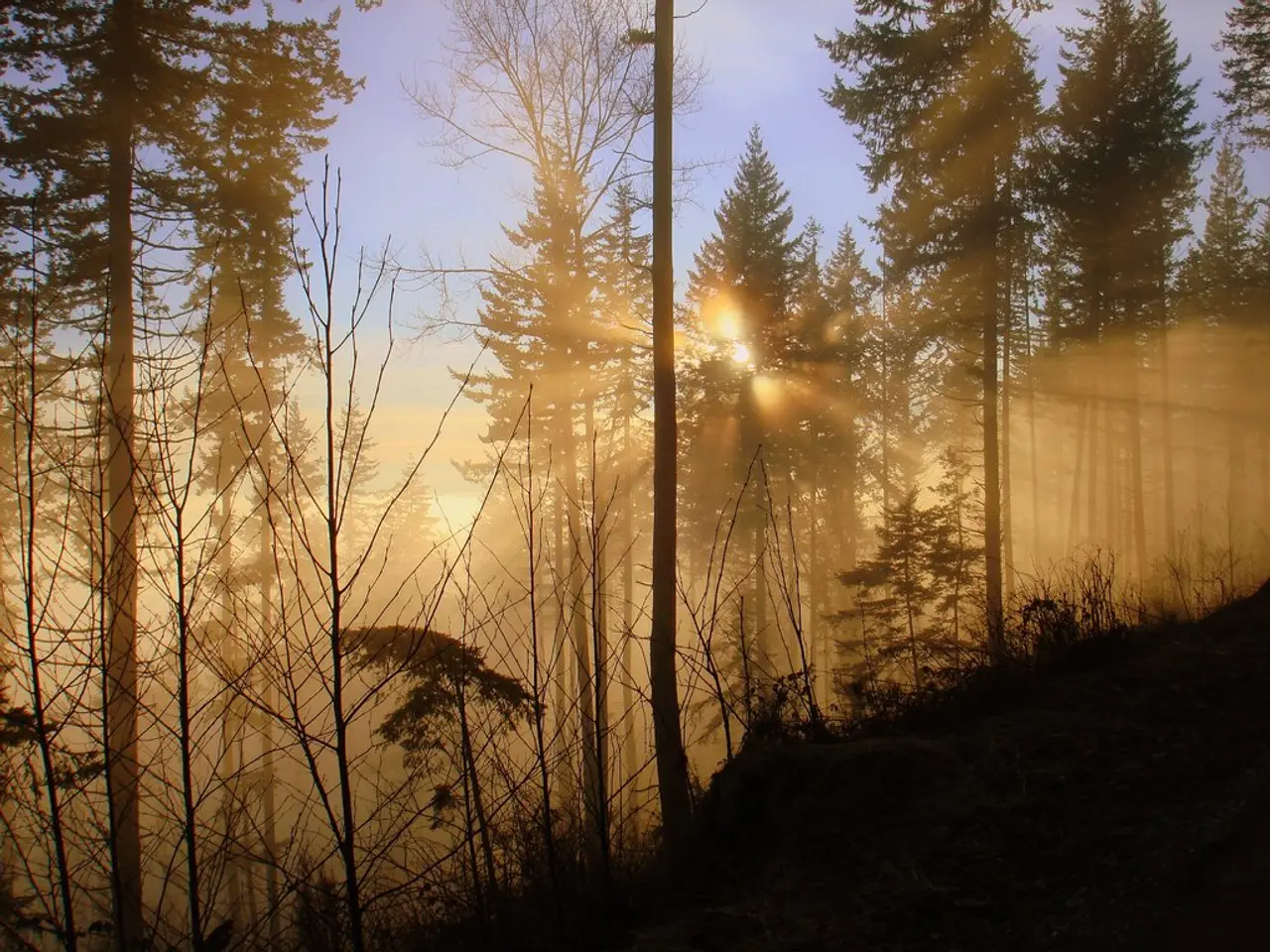Strategies for Cultivating Russian Sage Plants
Russian Sage, scientifically known as Salvia yangii (formerly Perovskia atriplicifolia), is a popular choice for gardeners seeking a hardy, drought-tolerant, and aromatic perennial. Originally from the mountains of central Asia, this plant has found a home in many gardens across the United States, thriving in USDA plant hardiness zones 5 to 9.
This versatile plant comes in various varieties, each with its unique characteristics. For instance, 'Filigran' from Germany boasts very lacy leaves and brighter blue flowers, while 'Little Spire', a smaller variety, only reaches about two feet (0.6 m) in height and sports lavender-blue flowers. 'Blue Spire', on the other hand, grows tall with deeply cut leaves and purple flowers, and 'Longin' has a more upright growth habit than some other varieties. 'Blue Haze' offers a more subtle shade with paler blue flowers and less finely cut leaves.
When it comes to planting, Russian Sage should be planted in the spring. It prefers a well-drained to dry soil and does not tolerate soil that remains consistently moist or soggy, making it a suitable choice for those with dry gardens. Once established, Russian Sage requires little water and is very drought-tolerant.
Caring for Russian Sage is relatively straightforward. Pruning can help manage size and encourage bushier growth, but winter pruning is optional. If the plant stops blooming in summer, removing the top half of the stems promotes new growth and a fresh flush of flowers. In late spring or summer, if the plant begins to spread open or sprawl, shearing off the top one-third of the stems encourages upright growth.
Propagation is typically done by basal cuttings, which is the preferred method. Cuttings should be planted in a container with a very light soil mix and kept moist until additional growth appears. Dividing the clumps every four to six years reinvigorates the plants and helps to control their spread.
One common issue with Russian Sage is root rot from soggy soil. To avoid this, ensure your soil is well-draining. Pests are rarely a problem as the aroma repels most insects. However, it's essential to keep an eye out for any potential issues.
Russian Sage prefers full sun exposure to flourish, making it an ideal choice for sunny gardens. It spreads to 2 to 4 feet (0.6 to 1.2 m) and grows to a height of 3 to 5 feet (0.9 to 1.5 m). With its attractive silver-grey foliage and long-lasting blue or purple flowers, Russian Sage is a beautiful addition to any garden.








